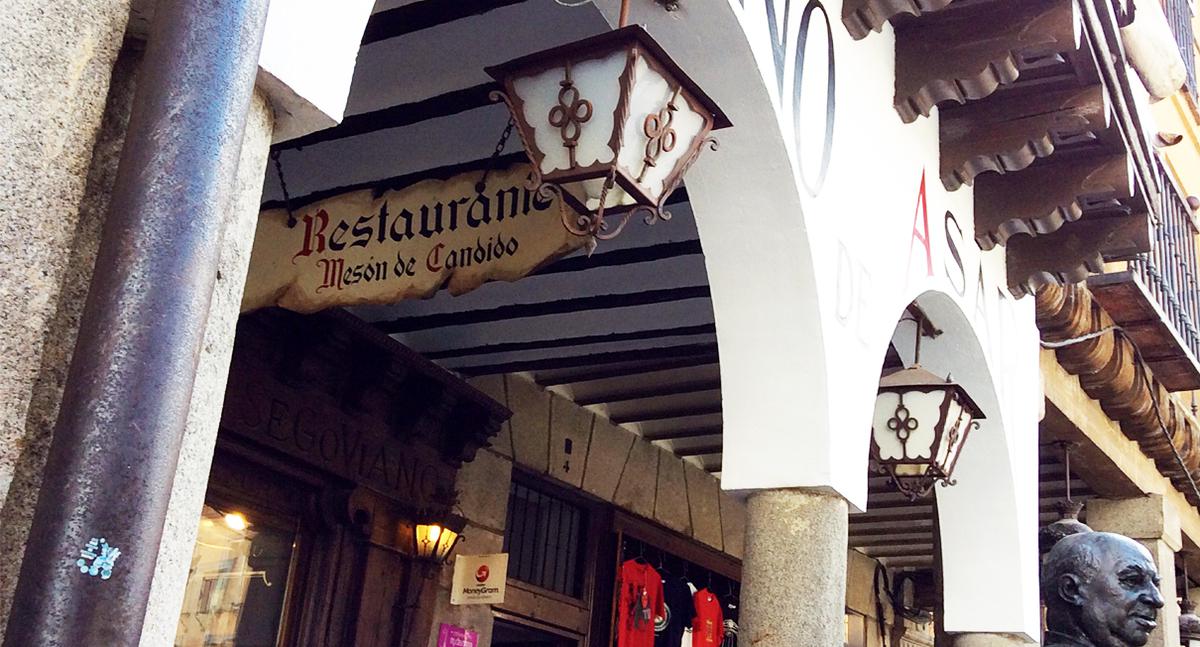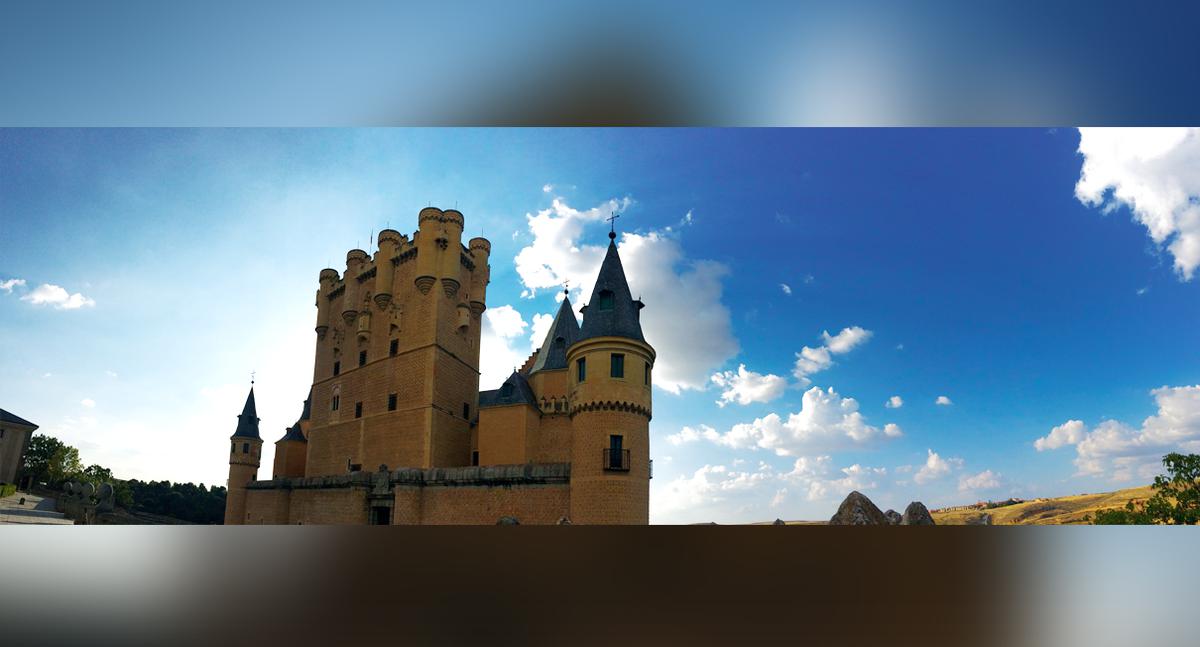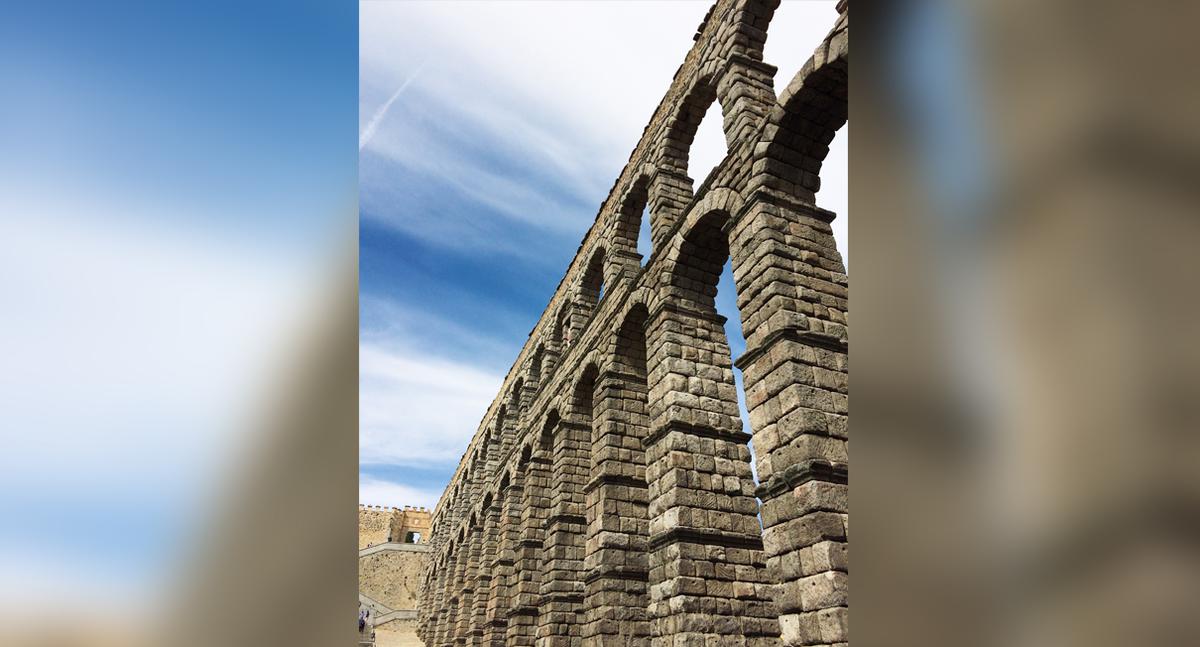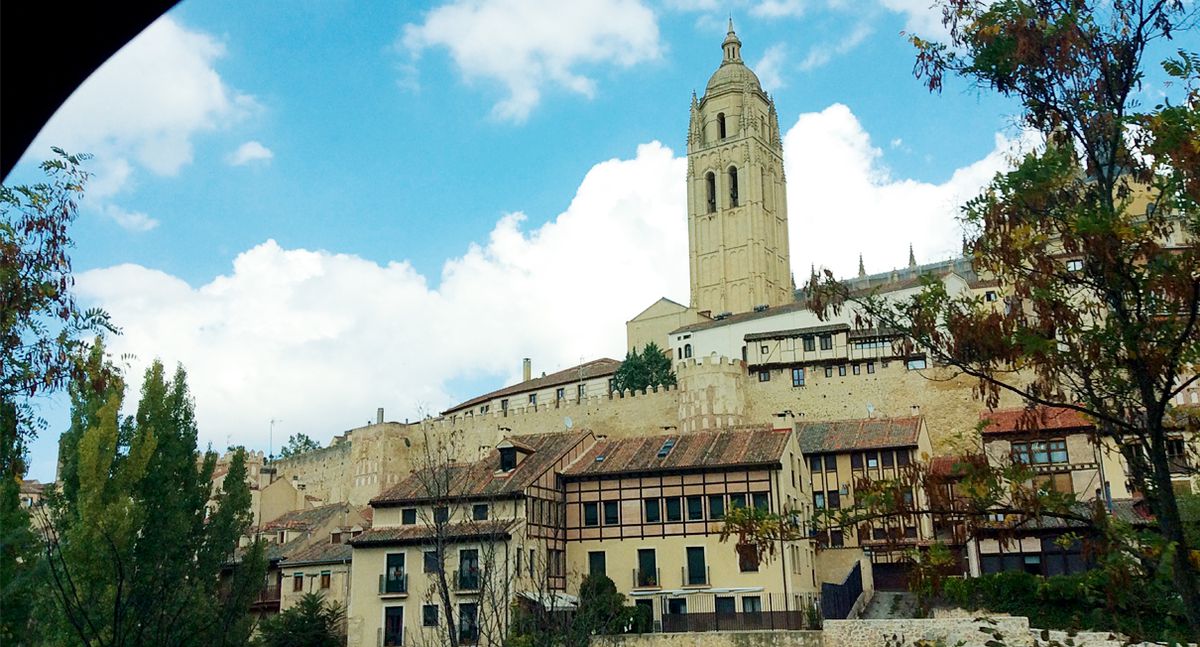If you’re looking for a laid back European vacation, Spain is the answer. A week’s stay is enough to enjoy Madrid and the nearby towns. Three days should be enough time for you to go around Madrid. I highly recommend that you reserve a day for a trip to the towns of Avila and Segovia.
Avila is an easy 90-minute drive on very good roads with very little traffic. If you leave Madrid at around 8 to 8:30 AM, you’ll be in Avila well before the Madrileños leave for work, and you can spend the whole morning exploring the medieval town of Avila, then drive to Segovia for a great meal and see even more awesome architectural and engineering feats.
Avila
Drive 111 kilometers northwest of Madrid to reach the fortified medieval town of Avila. It draws a lot of visitors– many are Roman Catholics who visit as pilgrims because it is the birthplace and hometown of the foundress of the Discalced Carmelites and first woman Doctor of the Church, St. Teresa of Avila. But even if you are not religious, you will be drawn by the majestic medieval fortifications and the beauty of the surrounding countryside.
Approaching the walls of the medieval town is pretty awe-inspiring. You know that this is St. Teresa’s town because there’s a large marble statue of her right at main gate of the town. There are three Carmelite Monasteries in Avila. The first, known as La Santa is run by the Discalced Carmelite Friars and is located within the medieval walls. The church and monastery stands in the spot of St. Teresa’s old house. There is a small museum behind the church which shows a little of St. Teresa’s story. To the right of the church is a small gift shop that also exhibits some first class St. Teresa relics.
The second Carmelite Monastery is still near the city center but just outside the medieval walls. San Jose Monastery, located in Calle de las Madres is the first monastery founded by St. Teresa. The small museum, which opens at 10AM and closes at noon, is run by the Carmelite nuns and contains many of St. Teresa’s personal effects. The primitive chapel in front of the church was the chapel where she and her nuns prayed and heard mass.

I have to say that even if you’re not Catholic or don’t have religious inclinations, you will still find Avila an interesting place to visit. It is one of the last few fully fortified medieval towns that has endured the test of time. Taking a walk around the perimeter of the walls will most assuredly be awe-inspiring with plenty of photo opportunities. Walking around the medieval town is also interesting with many surprising nooks and courtyards. If you’re a photography buff, taking pictures of the wide variety of quaint doorknobs and door knockers will make sure explore a bit more.
When you get hungry, grab a snack in one of the bakeries and buy an Hornazo-a meat pie filled with pork and sausages that is unique to the region. This should tide you over until you get to Segovia for a great meal within the shadow of the amazing Roman aqueducts.


Leave Avila a little past noon. On the way out of Avila towards Segovia, you will pass by the third Carmelite Monastery of Encarnacion, the convent where St. Teresa joined the Carmelites as a young woman.
Segovia
Drive for an hour eastward and you’ll end up in Segovia. It is another medieval town with some amazing engineering and architectural features.
Plan to arrive in Segovia at around 2pm. That way you’ll miss the tourist lunch crowd. If you have Internet access, you can reserve a table at Meson de Candido in Segovia (www.mesondecandido.es) before you arrive in Segovia.

When you reach Roman Aqueducts, you will find Meson de Candido – one of the few Segovia restaurants that is listed in the Michelin Guide, for it is right under the aqueduct. If you don’t have a reservation and there’s no table available when you arrive, ask for the next available time slot and just walk around and explore the aqueduct while waiting for your table-the food is worth the wait. Ask for a table on the top floor that way you will be well positioned to watch the drama of the cochinillo ceremony. A table on the top floor will also give you a great vantage point for seeing the aqueduct.
The roman aqueducts in Segovia is more than 2000 years old and it is truly amazing how intact it still is, and yes, very photogenic. I can guarantee that you will go gaga over taking lots and lots of pictures.


When you’re done with the aqueduct, drive to the Segovia Alcazar and be awed once more with the beauty of this fairy tale castle. You literally have to cross a wooden bridge to enter the castle which now houses a museum. The moat surrounding the fortified castle has been drained so you will be able to see how deep and how hard it would have been to gain entry without permission.
The drive back to Madrid is another 90-minute drive, with mostly light traffic until you hit the Madrid main thoroughfares. Even if you leave Segovia at 6pm, well before sunset in the Summertime, you’ll most certainly be back in Madrid just in time for the start of happy hour and have more fun going Tapas bar hopping.
Also published in February Issue 2016
Words and Photos by Maribelle Alba
